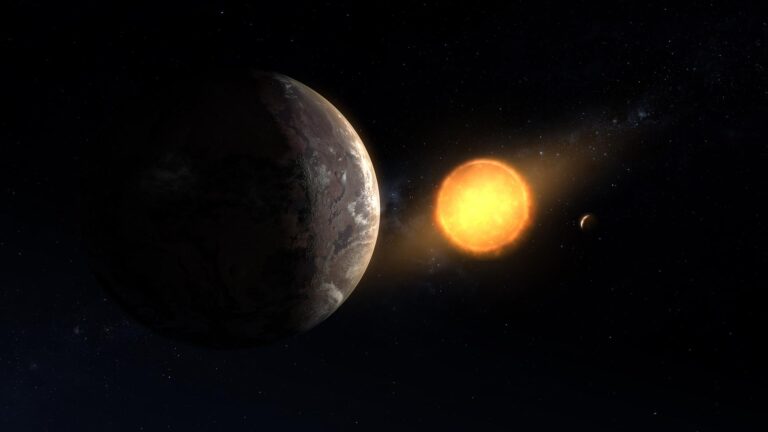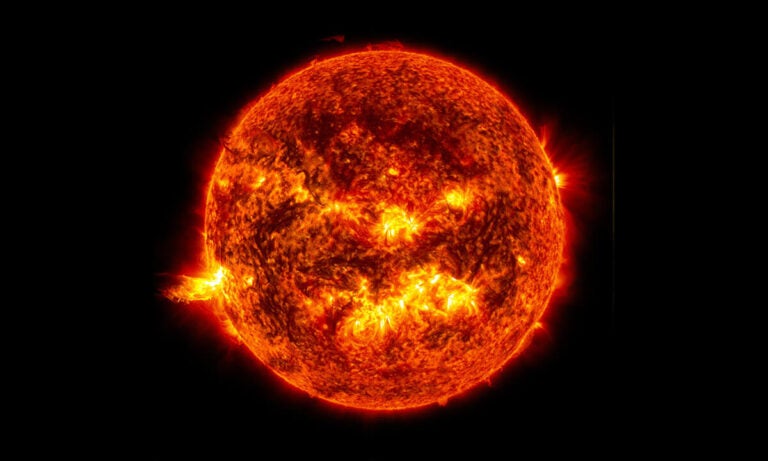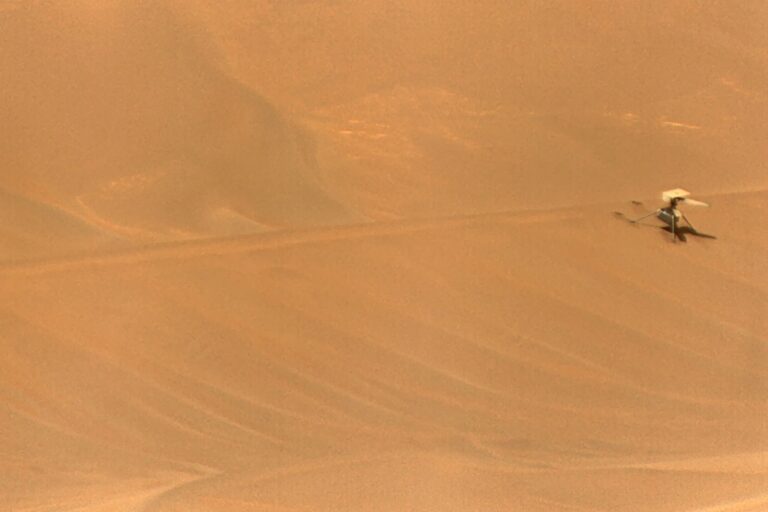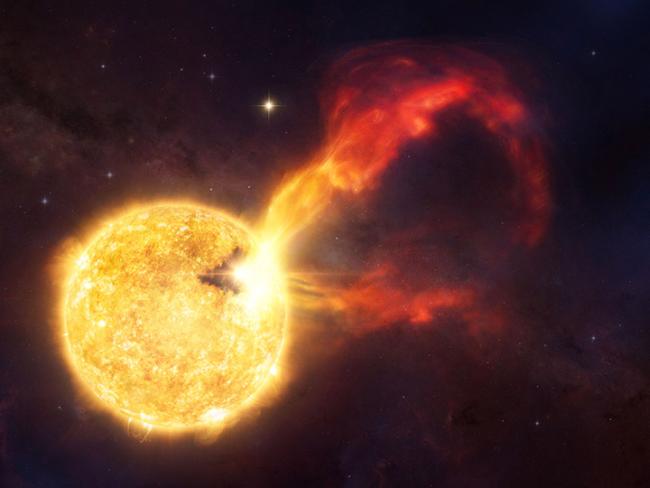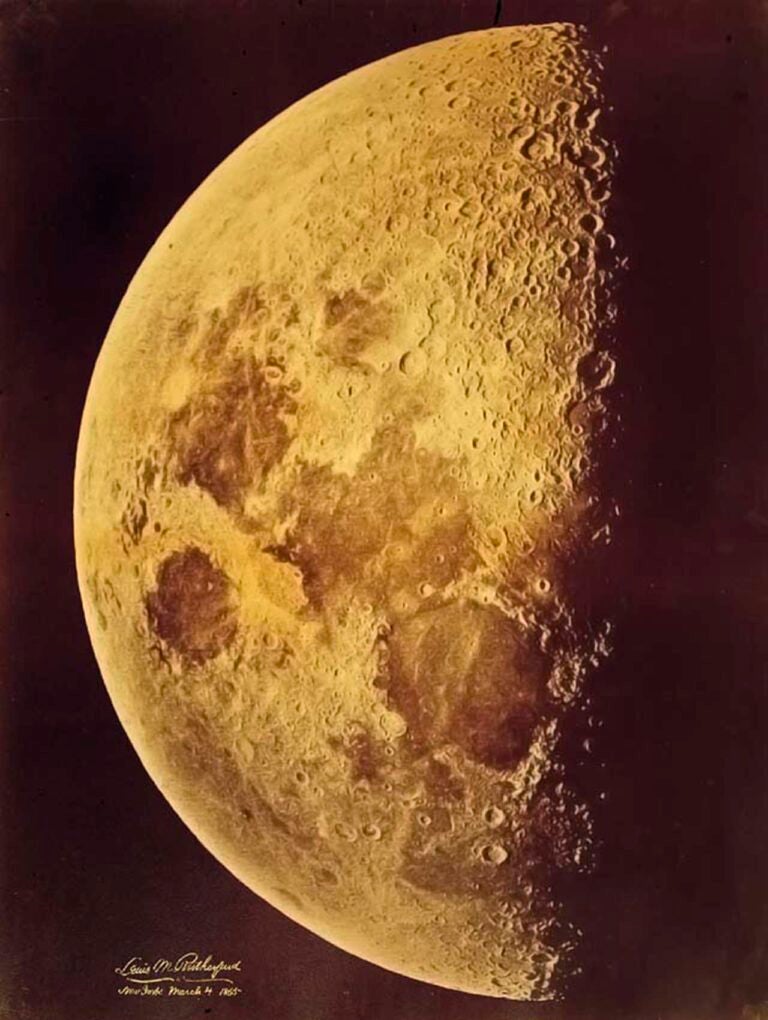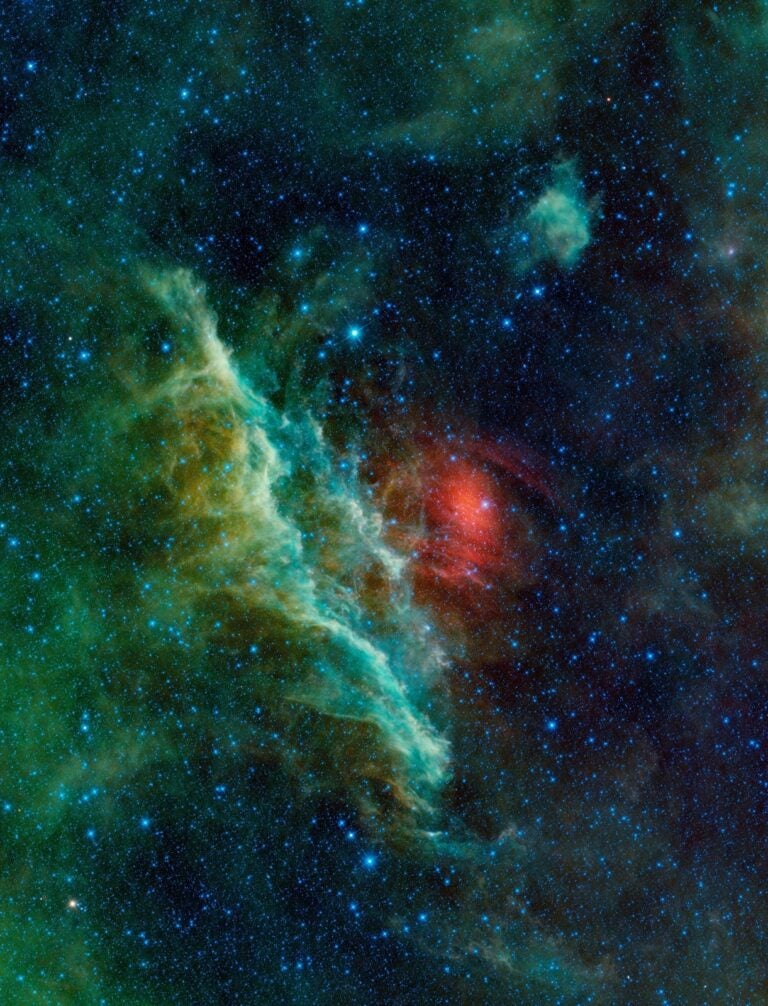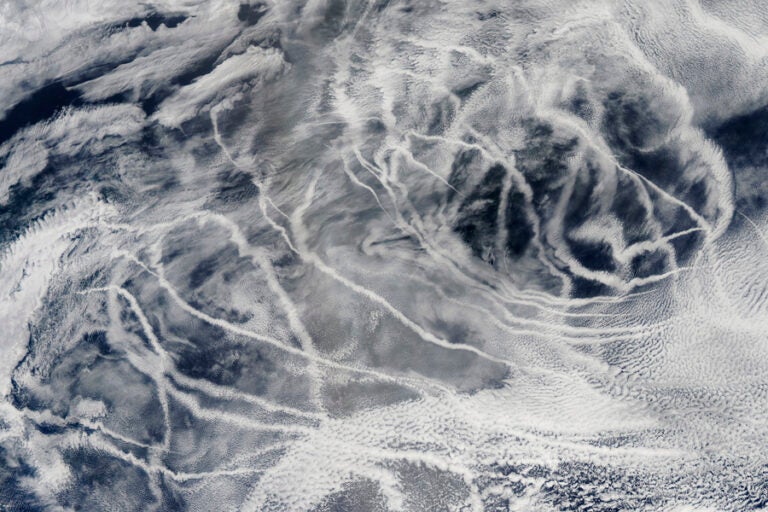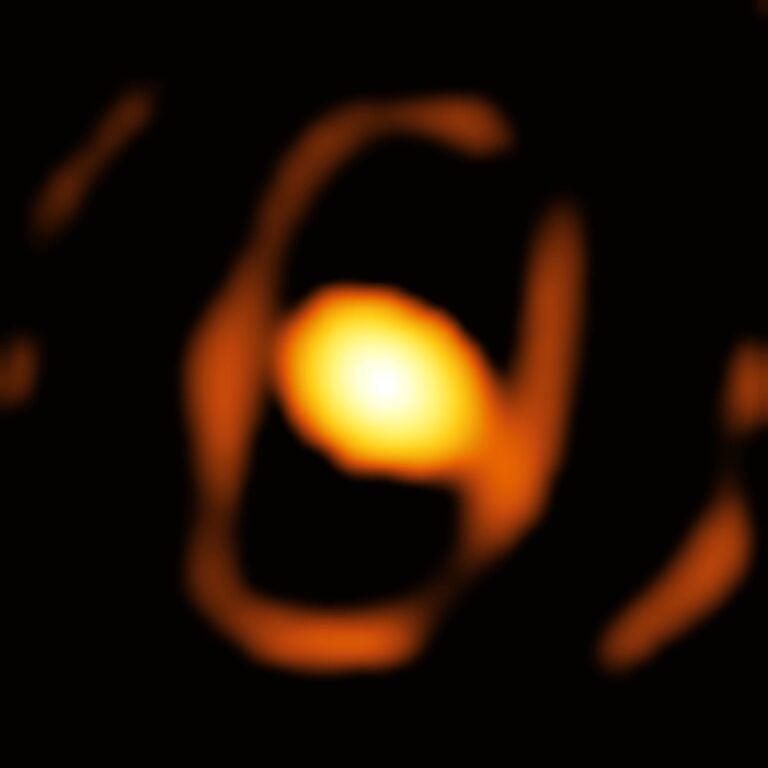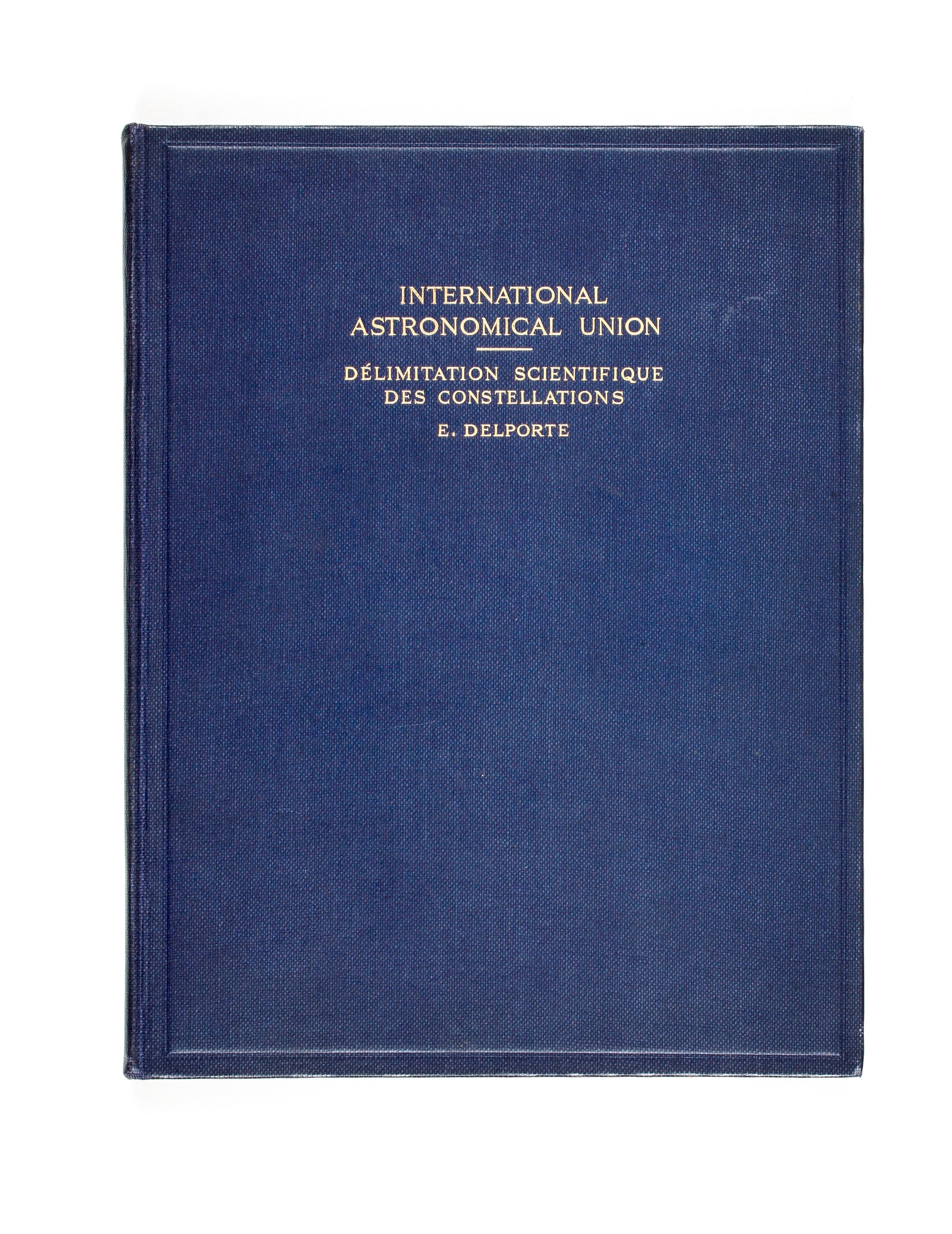
Imagining familiar images in the sky has been an easy way to track the annual progress of the stars for thousands of years. Around the second century a.d., Greco-Egyptian astronomer Claudius Ptolemy listed 48 “official” constellations in his book Almagest. No original copy of Almagest has survived, so we don’t know how he connected the star “dots” to form shapes.By the 16th century, European explorers, exploring under the southern sky for the first time, were adding new constellations to fill in their charts. In the late 1670s, Edmond Halley, of comet fame, placed a large oak tree on one of his charts to honor Charles II of England. That constellation, along with many others, quickly fell into disuse.One of the most influential star atlases is Johann Bayer’s Uranometria, produced in 1603. It was the first atlas to cover the entire celestial sphere. Bayer set the standard for the classical images we associate with the constellations today. He also assigned Greek letters to the brightest stars, and we still recognize his designations.However, there was no hard and fast rule for which stars a mapmaker should include in a constellation. All star maps used wavy lines to encompass not only the classical images, but all the faint stars the cartographer thought should belong to any given constellation. Then in 1928, after a committee worked on the problem for six years, the International Astronomical Union (IAU) imposed constellation boundaries based on lines of right ascension and declination. The committee’s report created 88 official constellations with no overlaps and no spaces that didn’t belong to one of them.Although the IAU established the boundaries, it did not set any standards for the outlines of the constellations themselves. Even now, star-map makers have artistic license to connect the dots as they see fit.So, probably no two maps will ever appear exactly the same. You can even make up your own constellation shapes, as long as they stay within the designated IAU boundaries. Orion the Hunter still looks like a big butterfly to me.
Contributing Editor

